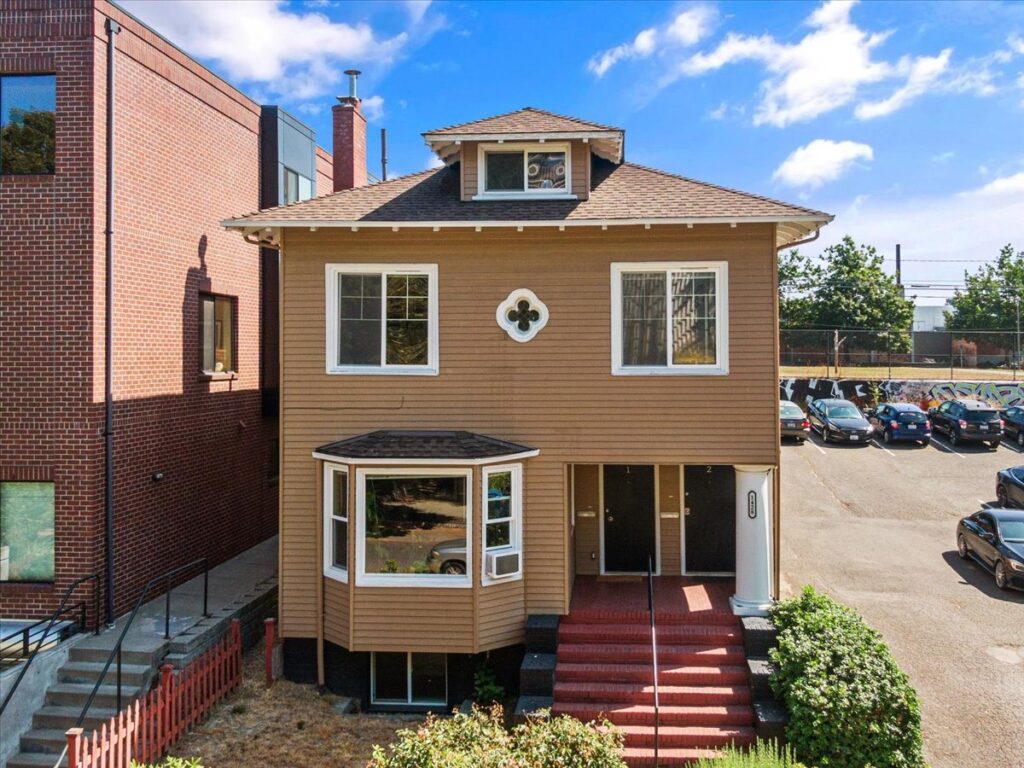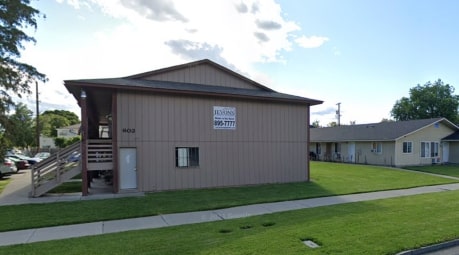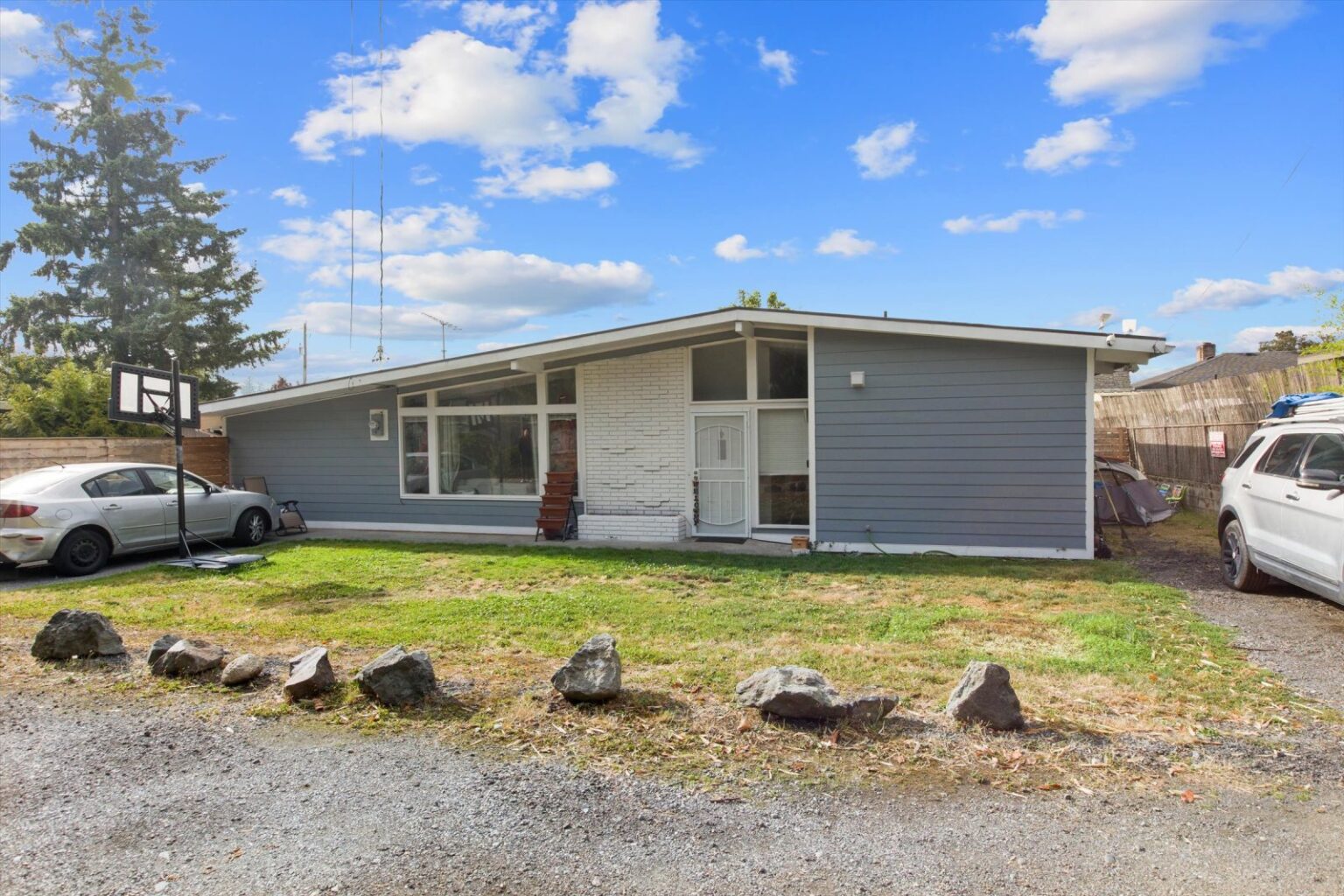Why are Cap Rates Important?
Cap rates provide investors with two key insights:
Return on Investment: It gives you an idea of the property’s income potential, irrespective of how the property is financed (e.g., without considering mortgages or taxes).
Risk As...
The Simple Formula for Calculating Cap Rates
To calculate the cap rate, divide a property’s Net Operating Income (NOI) by its current market value. Here’s the formula:
Cap Rate = Net Operating Income (NOI) ÷ Current Market Value
For example, if a property generates $100,000 in ...
How Cap Rates Help You Evaluate Investment Properties
Cap rates are an essential tool in several areas of real estate investment:
Property Valuation: They offer a quick way to compare properties based on their income-generating potential.
Investment Recovery: A higher cap rate oft...
Cap Rates vs. Gross Rent Multiplier (GRM): Key Differences
While both cap rates and the Gross Rent Multiplier (GRM) are used to assess properties, they differ significantly:
GRM: This metric divides the purchase price by the total rental income, but it doesn’t factor in operating expenses.
...
What’s a “Good” Cap Rate for Investment Properties?
The ideal cap rate depends on several factors, such as:
Location: Prime, high-demand areas tend to have lower cap rates due to their stability.
Property Type and Condition: Newer or well-maintained properties typically have lower ca...
Final Thoughts on Using Cap Rates
Cap rates are a useful starting point for evaluating investment real estate. They provide a snapshot of potential returns and risks, but should always be used in conjunction with other financial metrics and a deeper analysis of the property’s...







